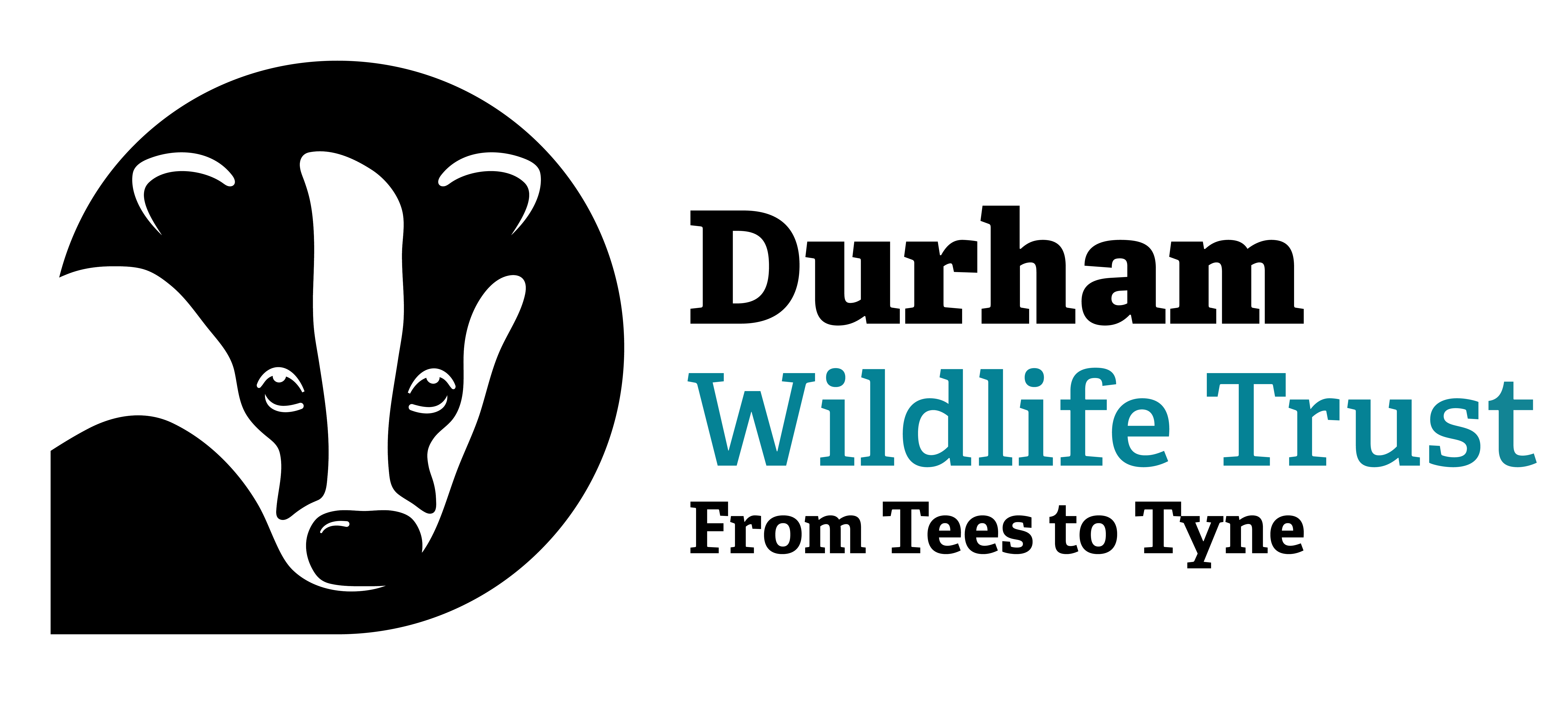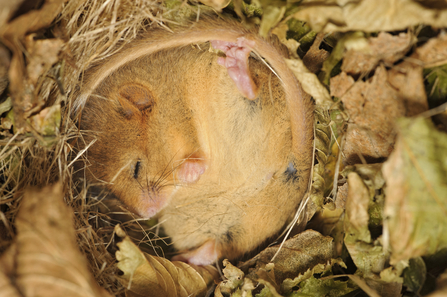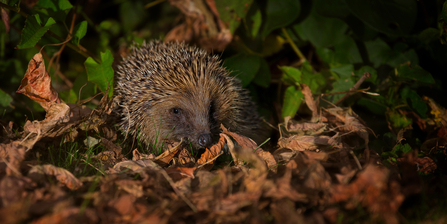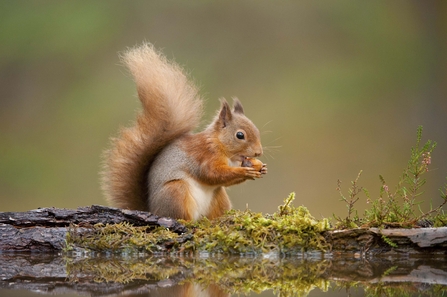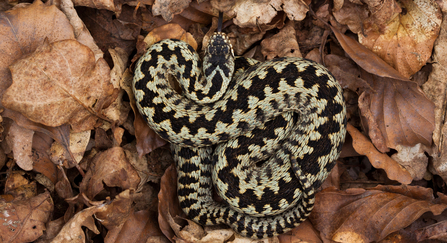Winter brings very different challenges to the UK’s wildlife – temperatures are lower and food is often harder to find. Many of you may wonder what happens to wild animals when the days get shorter and the weather harsher. There are lots of different ways in which animals in the UK cope with our cold, harsh winters. Some, such as swallows and swifts, will migrate south to Africa, searching out hotter climates for the winter months. Others, like foxes and badgers, will grow a thicker coat (just like lots of domestic dog breeds) to help keep them warm.
And some, of course, hibernate! We often think of hibernation as the number one solution – how great would it be to eat as much as possible and then just sleep until it gets warm again? Hibernation is, in reality, far more than just a long, deep sleep in a quiet burrow or cave. There are only three UK mammals that truly hibernate; bats, dormice and hedgehogs, and the process is a little more complex than you might think…
